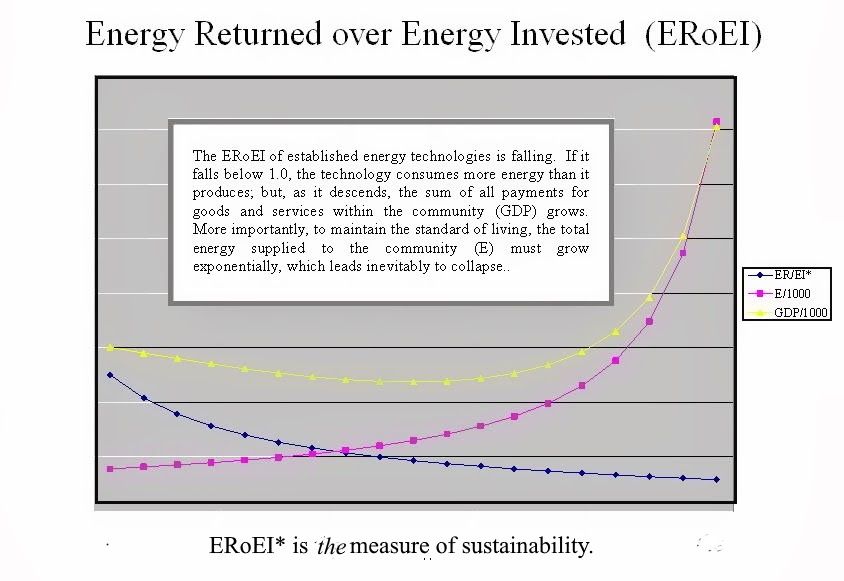You
both know that I am not familiar with this way of talking - and, for
me, it is indeed a manner of speech, that may not mean anything - but,
in all humility, I have made a list of questions that might possibly
bridge the gap between this manner of speech and the way I talk:
What are the community foundations?
What are the relationships that make community foundations viable?
Tell me something that is relationally sustained.
State two more inherent properties and one property not inherent.
I find Leonardo's papers extremely hard, which must be what I deserve for making my papers too hard - or so I am told.
I am reminded of a modern story about Nasrudin:
Nasrudin
was a passenger in a four-engine commercial passenger plane one of
whose engines stopped. The captain reassured the passengers that there
was no danger but the plane would be 40 minutes late.
When
a second engine stopped, the captain assured the passengers that two
engines would be enough to reach their destination but they would be 2
hours and 15 minutes late. After the third engine quit, the captain
made a similar announcement except they would now be over five hours
late - whereupon Nasrudin observed that "the fourth engine better not
fail or they would be up there all day."
Inasmuch
as I turn 87 this month, I'd better figure this stuff out pretty soon
because as I get older my mind slows down and if I wait too long it will
take forever.
As
for my contribution, I assume we all know what ERoEI stands for. We
are trying to ascertain - among other things - how much energy is
invested in the mechanisms of harvesting energy rather than how much
money is invested. But, we know that all of the monetary investment
must be recovered in the price. Now, other analysts always neglect some
of the energy invested that corresponds to monetary profit that
certainly affects the price; therefore, it must also affect the energy
invested term in ERoEI. In fact it is quite possible that it is easier
to see how much energy should go into EI to compensate both the direct
and indirect project stakeholders by finding the total amount of money
invested to compensate both the direct and indirect project
stakeholders. We then employ our knowledge of E/GDP. What gave me that
idea is that we should think of the harvesting of energy as the mission
of the community rather than energy as merely a commodity that is used
to achieve other goals.
In the green doughnut concept, energy is just one sector, so it can't possibly be correct.
